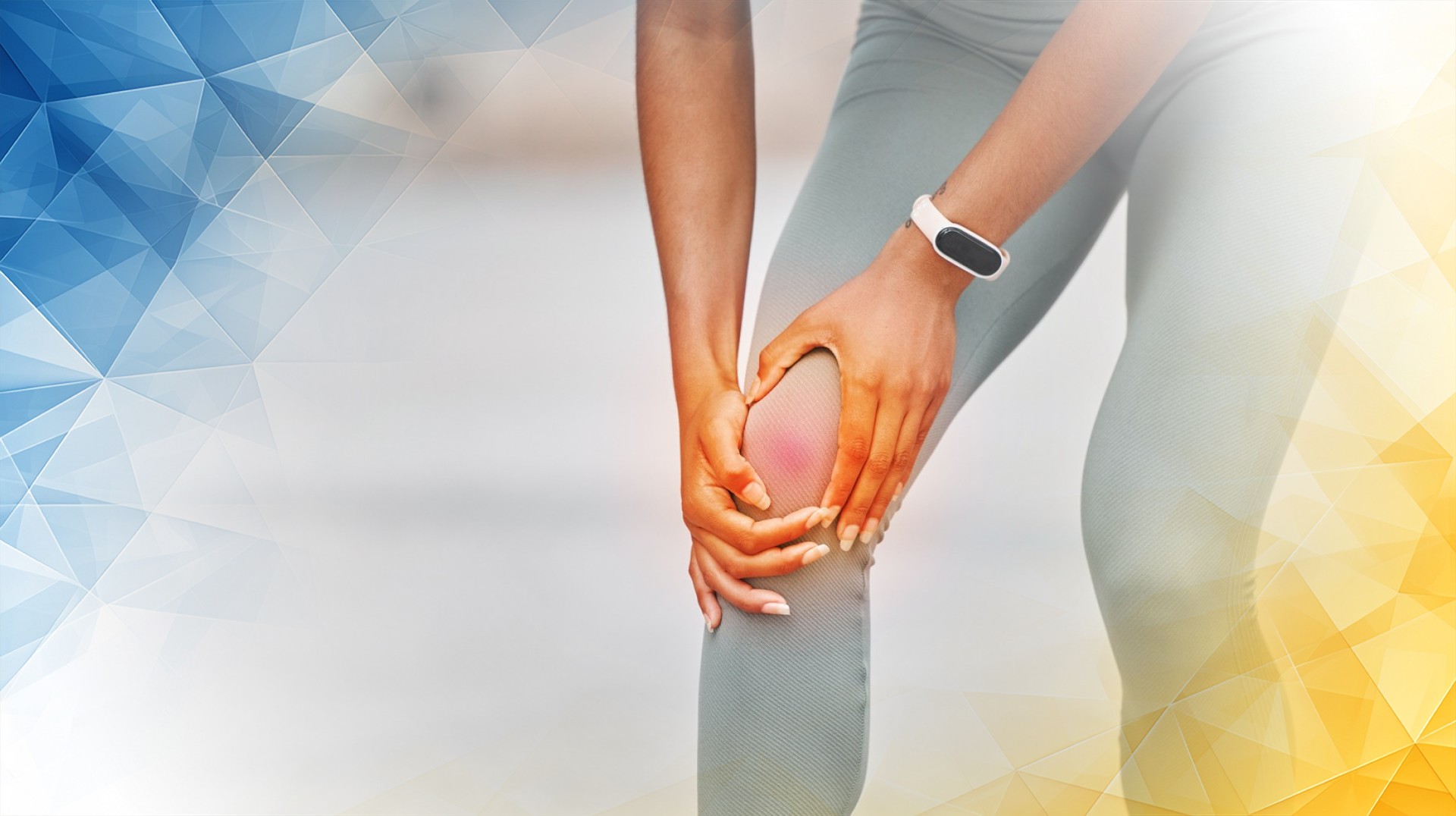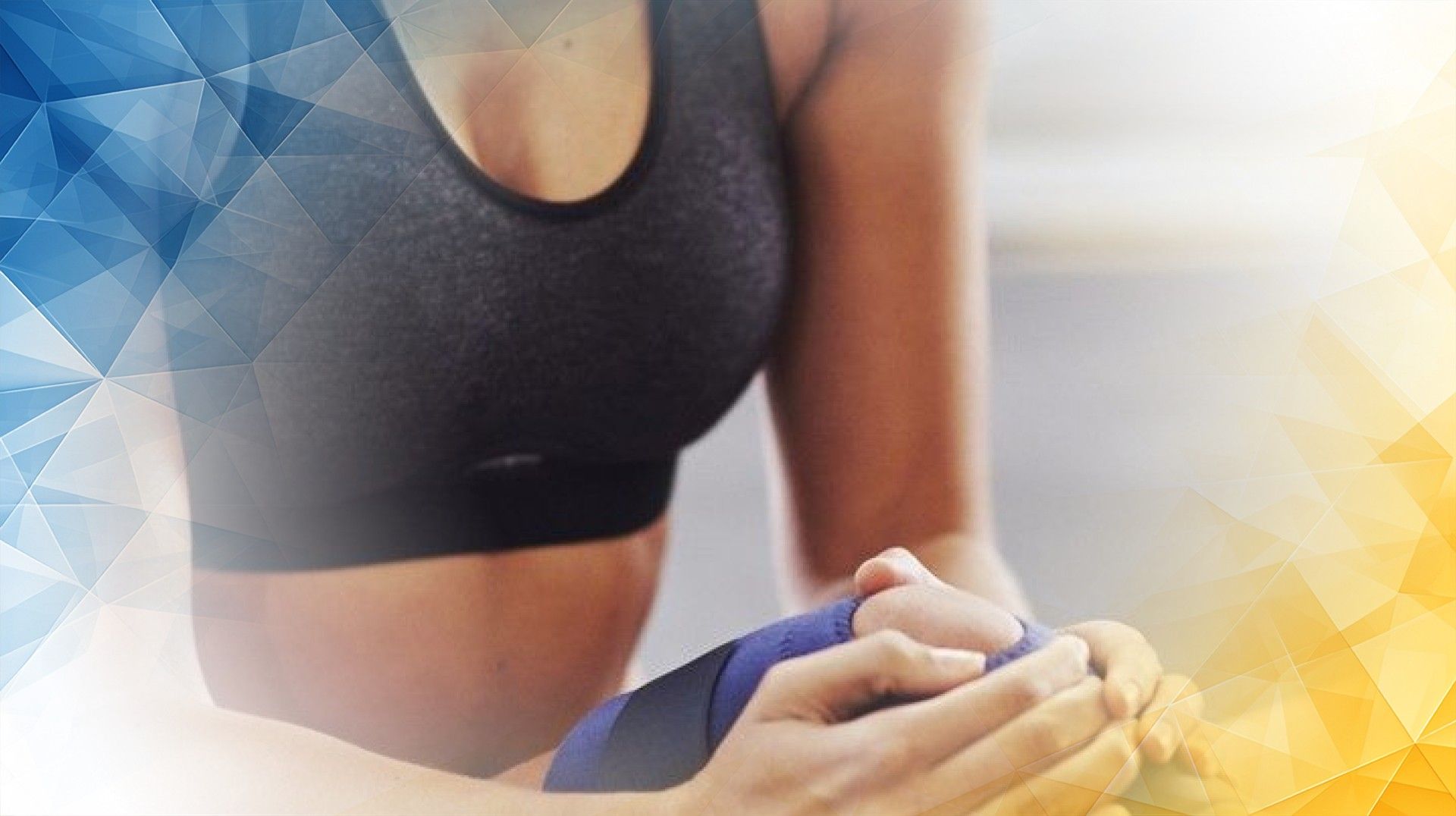



Knee pain is an issue that affects millions of people and can make simple activities—like walking, climbing stairs, or even standing—feel daunting. Whether your discomfort stems from an old injury , arthritis, or just the everyday wear and tear of life, knee pain can limit your mobility and impact your quality of life. The good news is that yoga , supported by modern research, offers a gentle, effective way to support knee health and relieve pain.
In this article, we’ll explore specific yoga poses that strengthen the muscles around your knees, improve flexibility, and help reduce inflammation. Each pose is supported by scientific studies, and we’ll show you how to practice them safely and make them a regular part of your routine—so you can get back to moving with confidence.
The knee is a complex joint made up of bones, ligaments, tendons, and cartilage—all working together to support your weight and allow movement. When any of these parts become strained, injured, or weakened, pain and stiffness can result.
Knee pain is often caused by arthritis, injury, or muscle imbalances that reduce the support around the joint. When muscles are weak or tight, the knee loses stability, which can lead to more pain and potential injury.
Research shows that yoga help s by targeting key muscles such as the quadriceps (front thigh), hamstrings (back thigh), and calf muscles. Strengthening and stretching these areas stabilizes the knee, absorbs shock, and lessens the strain on the joint. Yoga also increases blood flow, which may reduce swelling and promote healing.
Clinical studies have found that people who regularly practice yoga experience less knee pain and better mobility. For example, one study found that yoga therapy was more effective than standard physiotherapy exercises as an adjunct therapy for osteoarthritis of the knee (Nagarathna et al., 2012). These findings show that yoga can be a powerful, non-drug option for people dealing with knee trouble.
Here are four yoga poses shown to benefit knee health. For each, you’ll find clear instructions, what muscles it targets, and how it supports better knee function.
Start by standing with your feet wide apart. Turn your right foot out 90 degrees and your left foot slightly inward. Bend your right knee so it stacks above your ankle; keep your left leg strong and straight. Extend your arms sideways at shoulder height, and gaze out over your right hand.
This pose strengthens your quadriceps and hips, providing crucial support that keeps your knees stable and properly aligned. With stronger support muscles, you reduce pressure on the joint and lower your risk of injury.
Lie on your back, bend your knees, and plant your feet hip-width apart. Press your feet and arms firmly into the floor as you lift your hips toward the ceiling, keeping your shoulders grounded.
Bridge Pose activates your glutes and hamstrings, the muscles that help control knee movement and absorb the stress of walking or running. By strengthening these muscles, you can reduce knee pain and improve your mobility.
Stand with your feet wide. Turn your right foot outward and reach your right hand toward your shin or the floor (use a yoga block if needed), extending your left arm up to the ceiling. Keep both legs straight and engage your thigh muscles .
Triangle Pose stretches your hamstrings and strengthens muscles around the knees —key for joint stability and flexibility. Improved muscle balance helps decrease strain on your knees and can reduce everyday pain.
Lie on your back. Lift one leg up and hold your big toe with your hand or a yoga strap; keep your other leg bent or relaxed on the floor.
This gentle stretch targets your hamstrings and calves, which can increase flexibility around your knee and stimulate circulation. Loosening tight muscles allows the knee to move more freely and comfortably.
For best results, aim to practice these poses 3 to 4 times a week. Hold each one for 30 seconds to 1 minute, gradually increasing as you get stronger and more comfortable. If you’re new to yoga , props like blocks or straps can help you maintain good alignment and reduce strain.
Begin each session with a gentle warm-up to prepare your joints and muscles, and cool down afterward to ease stiffness. If you have ongoing knee issues or severe pain, consult your doctor or a certified yoga instructor before starting any new exercise program. Remember to listen to your body—if you feel sharp pain, stop right away.
Studies show that yoga can lead to greater reductions in knee pain and improved function compared to standard care. While every person’s experience will be different, regular yoga practice gives you a valuable tool to help manage knee discomfort and support your overall joint health.
Yoga, backed by scientific research, is a safe and effective way to reduce knee pain and enhance joint function. By building strength and flexibility in the muscles that support your knees , you protect and preserve your mobility.
When you combine time-tested yoga wisdom with modern medical insights, you empower yourself to take charge of your knee health. Practice at your own pace, seek out guidance when you need it, and let yoga help you move with more comfort and confidence. With time and regular practice, you’ll notice less pain and more freedom in your everyday life.
Bid Dibyendunarayan Dhrubaprasad. (2018). Effectiveness of yoga asanas over conventional physiotherapy treatment on functional outcomes in patients with knee osteoarthritis. MOJ Yoga & Physical Therapy, 3(3). https://doi.org/10.15406/mojypt.2018.03.00044
Putri, P., Ningsih, R., Rehana, & Suri, A. (2022). The Effect of Yoga Asanas on Dysmenorrhea Pain. International Journal Scientific and Professional (Ij-Chiprof), 1(3), 150-154. https://doi.org/10.56988/chiprof.v1i3.24
Nagarathna, R., Ebnezar, J., Yogitha, B., & Nagendra, H. R. (2012). Effect of integrated yoga therapy on pain, morning stiffness and anxiety in osteoarthritis of the knee joint: A randomized control study. International Journal of Yoga, 5(1), 28. https://doi.org/10.4103/0973-6131.91708
All our treatments are selected to help patients achieve the best possible outcomes and return to the quality of life they deserve. Get in touch if you have any questions.
At London Cartilage Clinic, we are constantly staying up-to-date on the latest treatment options for knee injuries and ongoing knee health issues. As a result, our patients have access to the best equipment, techniques, and expertise in the field, whether it’s for cartilage repair, regeneration, or replacement.
For the best in patient care and cartilage knowledge, contact London Cartilage Clinic today.
At London Cartilage Clinic, our team has spent years gaining an in-depth understanding of human biology and the skills necessary to provide a wide range of cartilage treatments. It’s our mission to administer comprehensive care through innovative solutions targeted at key areas, including cartilage injuries. During an initial consultation, one of our medical professionals will establish which path forward is best for you.
Contact us if you have any questions about the various treatment methods on offer.
Legal & Medical Disclaimer
This article is written by an independent contributor and reflects their own views and experience, not necessarily those of londoncartilage.com. It is provided for general information and education only and does not constitute medical advice, diagnosis, or treatment.
Always seek personalised advice from a qualified healthcare professional before making decisions about your health. londoncartilage.com accepts no responsibility for errors, omissions, third-party content, or any loss, damage, or injury arising from reliance on this material. If you believe this article contains inaccurate or infringing content, please contact us at [email protected].